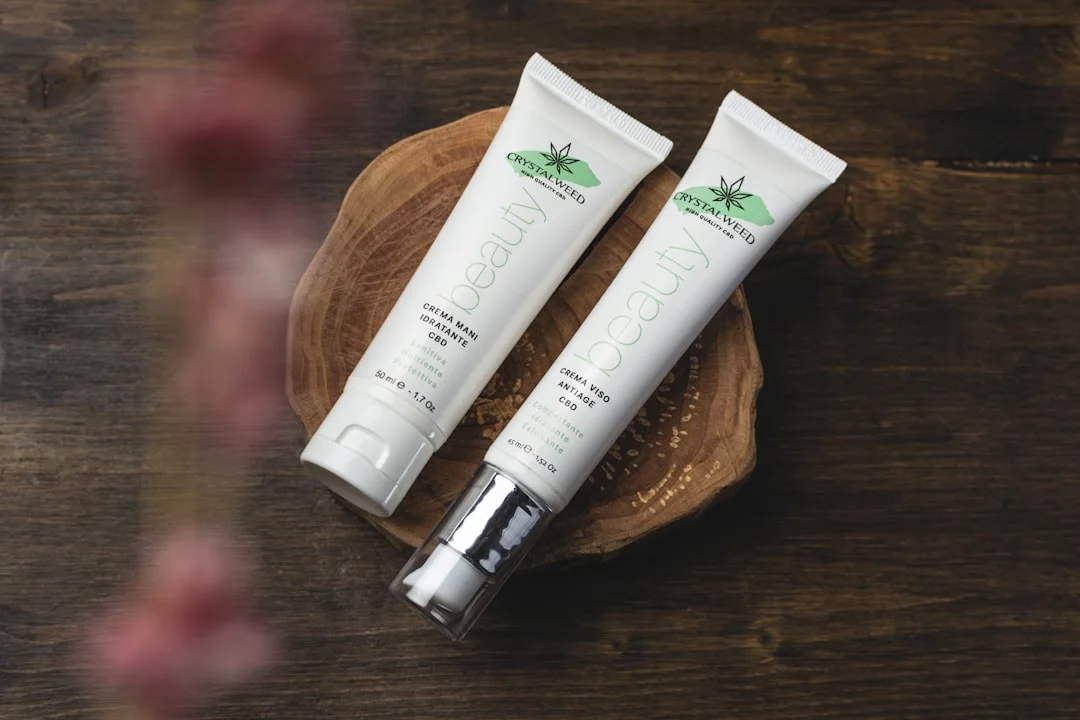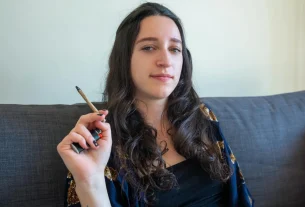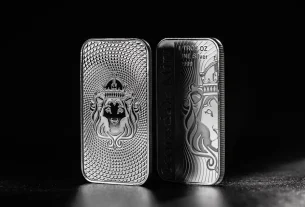Estimated Reading Time: 8 minutes
Estimated Reading Time: 8 minutes
SS, you’re curious about CBD tinctures, are you? That’s fantastic!
It’s a world teeming with potential, but it can also feel a bit… well, overwhelming at first. Fear not, though!
This CBD tincture for beginners review is designed to demystify everything.
We’ll explore what CBD tinctures are, how they work, the benefits they may offer, and – most importantly – how to navigate the market as a newcomer.
Let’s dive in!
Let’s start with the basics.
A CBD tincture is essentially a concentrated liquid extract of cannabidiol (CBD), a non-psychoactive compound derived from the cannabis plant.
It’s typically made by infusing CBD-rich hemp or cannabis flowers in a high-proof alcohol, though other carrier oils like MCT oil (from coconuts) are common.
This infusion process results in a potent liquid that’s usually administered sublingually – meaning, you place a few drops under your tongue.
Think of it like a tiny, powerful potion designed to deliver the potential benefits of CBD.
The key difference is in the method of intake and the concentration of the CBD. Some people also take it mixed in food or drink.
Before we delve deeper into a CBD tincture for beginners review, it’s essential to understand the types of CBD you’ll encounter:
Each type has its own potential advantages and disadvantages.
For a beginner, I’d recommend starting with broad-spectrum CBD or a low-dose full-spectrum tincture to see how your body reacts.
The popularity of CBD tinctures stems from the potential benefits many people report.
Of course, it’s important to state that these are anecdotal and that the scientific research is still developing, but many users have found relief.
One of the most common reasons people turn to CBD is for relaxation and stress management.
The interaction of CBD with the endocannabinoid system (ECS) may help regulate mood and reduce feelings of anxiety.
It may also have the potential for supporting healthy sleep cycles, helping to calm a racing mind before bed.
Some people find CBD helpful with managing everyday aches and discomfort. It’s often used by people managing chronic pain.
As a personal anecdote, my friend, Sarah, who was struggling with sleep issues, started using a CBD tincture.
Within a few weeks, she reported feeling more relaxed and falling asleep easier.
Of course, what works for one person may not work for another, but it’s worth exploring.
Picking the right CBD tincture can feel daunting, especially when you’re first starting out. Here are some key things to consider:
Always, always prioritize quality. Look for products sourced from reputable hemp farms, preferably those that use organic practices.
Transparency is key: reputable brands will provide third-party lab test results (COAs – Certificates of Analysis) that verify the product’s CBD content and confirm it’s free from contaminants like pesticides and heavy metals.
Don’t be afraid to contact the company and ask questions!
This is crucial. CBD tinctures vary significantly in concentration, typically measured in milligrams (mg) of CBD per serving.
As a beginner, start low. A good starting point is a low to moderate dose, such as 10-20mg of CBD.
You can then gradually increase the dosage as needed, keeping a close eye on how your body responds. It’s always best to start slowly and build up.
Most CBD tinctures use a carrier oil, such as MCT oil, hemp seed oil, or olive oil.
MCT oil is a popular choice because it’s easily absorbed by the body. Hemp seed oil has its own nutritional benefits.
Consider your personal preferences and any potential sensitivities when choosing a carrier oil.
CBD tinctures come in various flavors, from natural and unflavored to citrus, mint, or even berry.
Consider your taste preferences when selecting a flavor. If you’re unsure, starting with a natural or mint-flavored tincture is often a good option.
CBD tinctures can range in price.
While you don’t necessarily need to buy the most expensive option, be wary of products that seem excessively cheap, as these may be of lower quality.
Compare prices and read reviews to gauge the value you’re getting.
Using a CBD tincture is quite simple. Here’s a step-by-step guide:
Remember, consistency is key. It may take a few days or weeks to notice the full effects of CBD. Keep a journal to track your dosage and effects.
I’ve been using CBD tinctures for a few years now, mostly to help with occasional stress and improve my sleep quality.
At first, I was hesitant – the sheer number of options on the market was overwhelming!
However, after doing my research and starting with a low dose of a broad-spectrum tincture, I found it to be a valuable addition to my wellness routine.
I started with a few drops each morning and gradually increased the dose until I found what worked best for me.
The key was patience, and paying close attention to my body’s signals.
I always recommend buying your first one from a well known company, don’t overthink it, and start small, then see how it goes.
While CBD is generally considered safe, some potential side effects have been reported.
These include mild drowsiness, dry mouth, changes in appetite, and diarrhea. These side effects are usually mild and temporary.
It’s crucial to consult with your doctor before using CBD, especially if you’re taking any medications, as CBD can interact with certain drugs.
Be particularly cautious about using CBD if you are pregnant or breastfeeding. Also, always start with a low dose and listen to your body.
Navigating the world of CBD tinctures for the first time can feel like a journey, but it’s definitely doable.
This CBD tincture for beginners review has aimed to give you the basics – the what, why, and how.
Remember to prioritize quality, start low and go slow with the dosage, and consult your doctor if you have any concerns.
By understanding the different types of CBD, choosing the right product, and using it correctly, you can explore the potential benefits of CBD tinctures with confidence.
I hope this guide helps you along the way!
Ultimately, the best way to know if a CBD tincture is right for you is to try it, starting with a reputable brand and following the advice in this article.
It’s an evolving field, and ongoing research continues to uncover more about this fascinating compound.
Always keep an open mind, listen to your body, and do your own research to make informed decisions about your health and wellness.
Perhaps you might even find CBD a helpful part of your daily routine, just like I have.
Now that you’re armed with this information, are you ready to take the plunge?
Remember, it’s a journey, and the most important thing is to be informed, patient, and listen to your body. What are your thoughts?
Have you ever tried a CBD tincture? Share your experiences below! Ready for more health and wellness tips?
Join our newsletter for weekly health tips!
Frequently Asked Questions
How long does it take for a CBD tincture to take effect?
The time it takes for a CBD tincture to take effect can vary depending on several factors, including your metabolism, the dosage, and the concentration of CBD. However, most people feel the effects within 30 to 90 minutes after sublingual administration (under the tongue). It is important to remember that the exact time can vary from person to person, and some individuals might not notice immediate effects, especially when starting with a low dose. Some users find the effects build up over time with consistent use.
Are there any potential side effects of using CBD tinctures?
While CBD is generally considered safe, some people may experience mild side effects. These can include drowsiness, dry mouth, changes in appetite (increased or decreased), and, in some cases, diarrhea. These side effects are usually temporary and not severe. It’s essential to pay attention to your body and consult with your doctor if you experience any concerning symptoms. Always start with a low dose to see how your body reacts, and adjust accordingly.
What’s the difference between full-spectrum, broad-spectrum, and CBD isolate tinctures?
The difference lies in their composition and the presence of other cannabinoids and terpenes. Full-spectrum CBD contains all the naturally occurring compounds in the cannabis plant, including a trace amount of THC (less than 0.3% by law). Broad-spectrum CBD contains all the cannabinoids and terpenes *except* THC, making it a good choice for those who want to avoid THC altogether. CBD isolate is pure CBD, with all other cannabinoids and terpenes removed. Each type potentially offers different benefits, and the choice depends on your personal preferences and needs.
How do I determine the right dosage of a CBD tincture?
Finding the right CBD dosage is a personal process. A good starting point is a low dose of 10-20mg of CBD. Carefully observe how you feel after administration. It may take a few days or weeks to find the most effective dosage for you. Start with a low dose and gradually increase it until you find the dose that provides the desired effect. Keep a journal to track your dosage and the effects, to help you refine your dosing strategy.
Can CBD tinctures interact with any medications?
Yes, CBD can potentially interact with certain medications, and it’s crucial to consult your doctor before using a CBD tincture, especially if you’re taking any other medications. CBD can affect how the liver processes drugs, and this can alter the effectiveness of certain medications. Your doctor can advise you on any potential interactions and ensure that CBD use is safe for you.




